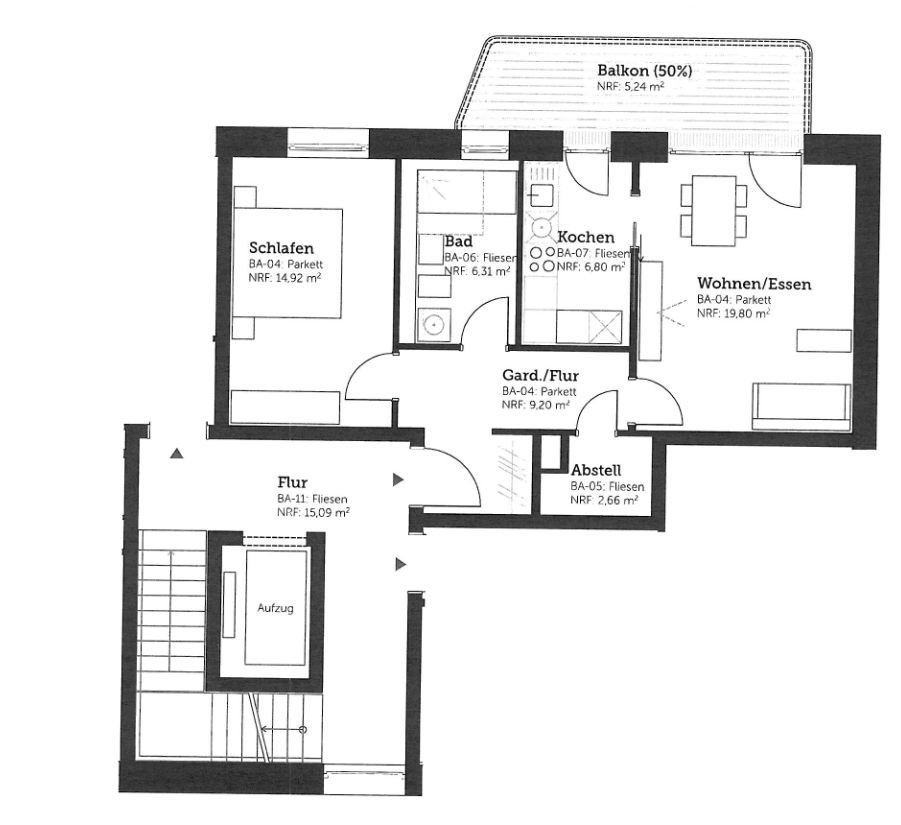boy i forget about this every few months - but setback requirements in low rise zones really do make for the sh*ttiest urbanism possible.
LR3 in UV on a 50' wide x 100' deep lot has a 50' height limit, max far of 2.3
5000*2.3 = 11,500. divide that by 5 floors = 2300sf plates
LR3 in UV on a 50' wide x 100' deep lot has a 50' height limit, max far of 2.3
5000*2.3 = 11,500. divide that by 5 floors = 2300sf plates

2300 sf plates on a 50' wide build (zero side yard setbacks) results in buildings that are only 46' deep.
however, there land use code requires 7' average setbacks for LR3.
so a 2300 sf floor plate ends up being 36' wide x 63.9' deep
however, there land use code requires 7' average setbacks for LR3.
so a 2300 sf floor plate ends up being 36' wide x 63.9' deep

so you go from condition where units open up to street & massive courtyard that is more than half of the lot (left, space for trees!); to one where building units are oriented looking *at* the neighboring lots, almost no usable outdoor space (right)
it's just so f*cking moronic

it's just so f*cking moronic


heaven forbid in a city with a housing crisis, where people claim to be concerned about development removing space for trees, where we don't have adequate open space for people who live in multifamily housing - we force least urban buildings possible. egads buildings touching! 🙄 

this is the basic building block of most cities.
and yet... we can't even get it right.
this is the 3xgruen baugruppe in berlin by roedig.schoep
5 stories plus inhabited attic (springs from street)
massive courtyard
📸: stefan mueller
dbz.de/artikel/dbz_Ho…

and yet... we can't even get it right.
this is the 3xgruen baugruppe in berlin by roedig.schoep
5 stories plus inhabited attic (springs from street)
massive courtyard
📸: stefan mueller
dbz.de/artikel/dbz_Ho…


and it isn't inconsequential for privacy. you go from having units being separated by 22m (72'), across a street, street trees, like in berlin (left) or in seattle (right), 5' side yard setback + 7' side yard setback = 12' apart (10' in older versions of code) 



which one do you think is more livable?
more functional?
allows for more density?
more unit variety?
better cross ventilation?
better daylight?
it's not seattle (left)

more functional?
allows for more density?
more unit variety?
better cross ventilation?
better daylight?
it's not seattle (left)


it also drives up embodied CO2, housing $, energy $, maintenance $t area of most of seattle's 'urban' villages.
all so that it looks similar in form to the most exclusionary, least sustainable form of housing.
it also drives up embodied CO2, housing $, energy $, msintenance $
all so that it looks similar in form to the most exclusionary, least sustainable form of housing.
it also drives up embodied CO2, housing $, energy $, msintenance $

layer in the parking requirements (or banks requiring parking) and this is why you get moronic townhouse projects all over the place.
thread on that here, comparing to a german project on same sized site:
thread on that here, comparing to a german project on same sized site:
https://twitter.com/holz_bau/status/1305413887534141440?s=20
• • •
Missing some Tweet in this thread? You can try to
force a refresh



















